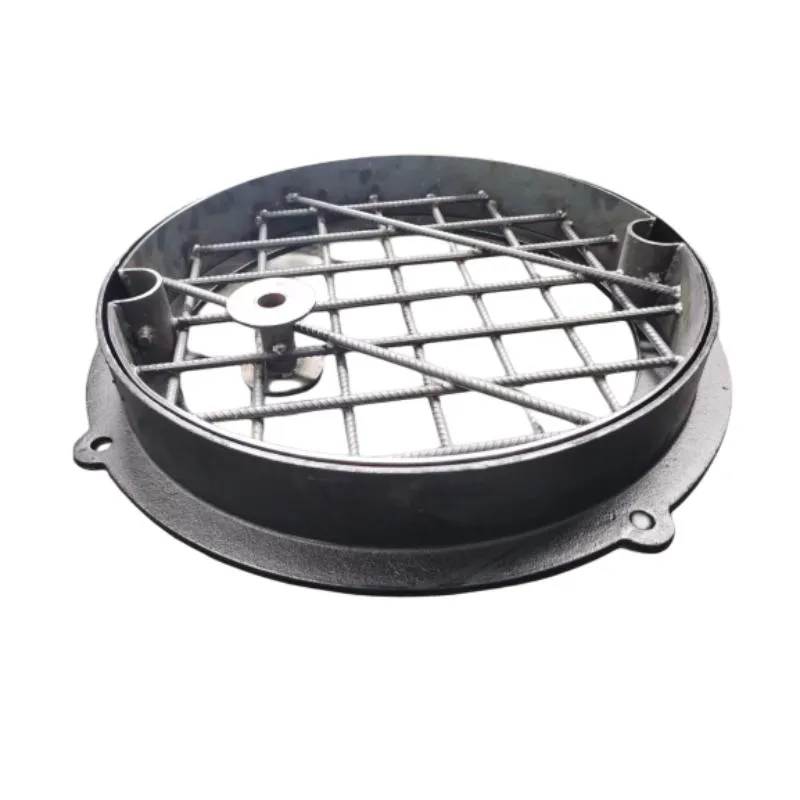air valve for pipeline
The Importance of Air Valves for Pipeline Systems
Air valves play a crucial role in the functionality and efficiency of pipeline systems, serving essential purposes in the management of air and gas within these conduits. Whether in water supply, wastewater treatment, or gas transmission systems, air valves help maintain system integrity and prevent operational issues that can arise from air accumulation. In this article, we will explore the various types, functions, and benefits of air valves in pipeline applications.
Types of Air Valves
Air valves can generally be classified into three categories air release valves, air vacuum valves, and combination valves
.1. Air Release Valves These valves are designed to release accumulated air at high points in a pipeline. Air that accumulates can create sizable cavities, leading to pressure fluctuations and reduced flow efficiency. Air release valves allow for the escape of air without disrupting the flow of liquid, ensuring that the pipeline operates smoothly.
2. Air Vacuum Valves As the name suggests, these valves are used to introduce air into a pipeline to prevent vacuum conditions that could cause collapse or implosion of the pipe. When liquid flows quickly through a pipeline, it can create negative pressure regions; air vacuum valves mitigate this risk by allowing air to enter at critical points.
3. Combination Valves These valves serve dual purposes by integrating both air release and vacuum relief functions. They are particularly useful in complex pipeline systems where both air release and vacuum concerns are present, providing a consolidated solution to manage air pressure effectively.
Functions and Benefits
air valve for pipeline

The primary function of air valves in pipeline systems is to manage the presence of air and gas to maintain optimal operational conditions. Here are some key benefits
- Preventing Water Hammer Water hammer is a common phenomenon in pipelines, characterized by shock waves that travel through the system when fluid flow is suddenly changed. This can lead to pipe damage and operational inefficiencies. By releasing trapped air, air valves can help alleviate the severity of water hammer.
- Enhancing Flow Efficiency Trapped air can inhibit the flow of liquids in a pipeline, reducing overall efficiency. By allowing air to escape, air release valves help maintain consistent flow rates, which is essential for the application’s operational efficiency.
- Extending Pipeline Lifespan A pipeline that operates under controlled pressure conditions will likely have a longer lifespan. Air valves assist in regulating pressure fluctuations, reducing the risk of pipe fatigue and consequent failures.
- Ensuring Safety In gas pipelines, uncontrolled accumulation of air can lead to explosive mixtures. Air valves help mitigate the risks associated with potentially hazardous gas situations by ensuring proper venting.
Conclusion
Air valves are indispensable components in the design and operation of pipeline systems, offering solutions that enhance efficiency, safety, and longevity. As industries move toward more advanced and reliable pipeline management strategies, the role of air valves becomes increasingly relevant. Investing in quality air valves and regularly maintaining them can significantly contribute to the overall performance of pipeline infrastructure, ensuring that resources are transported safely and efficiently. Understanding the types and functions of air valves enables operators and engineers to make informed decisions that optimize pipeline performance in various applications.
-
The Smarter Choice for Pedestrian AreasNewsJun.30,2025
-
The Gold Standard in Round Drain CoversNewsJun.30,2025
-
The Gold Standard in Manhole Cover SystemsNewsJun.30,2025
-
Superior Drainage Solutions with Premium Gully GratesNewsJun.30,2025
-
Superior Drainage Solutions for Global InfrastructureNewsJun.30,2025
-
Square Manhole Solutions for Modern InfrastructureNewsJun.30,2025
-
Premium Manhole Covers for Modern InfrastructureNewsJun.30,2025
